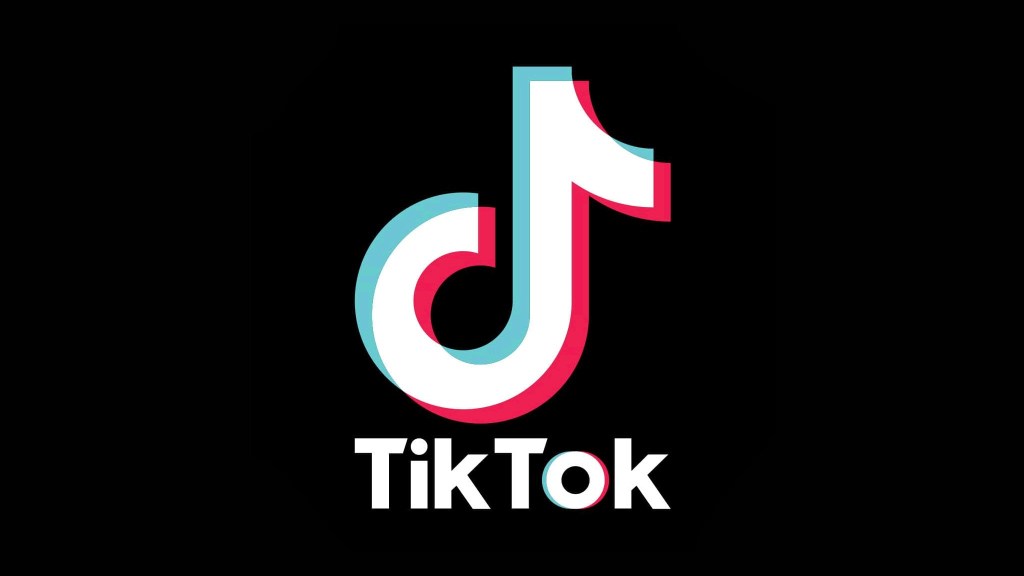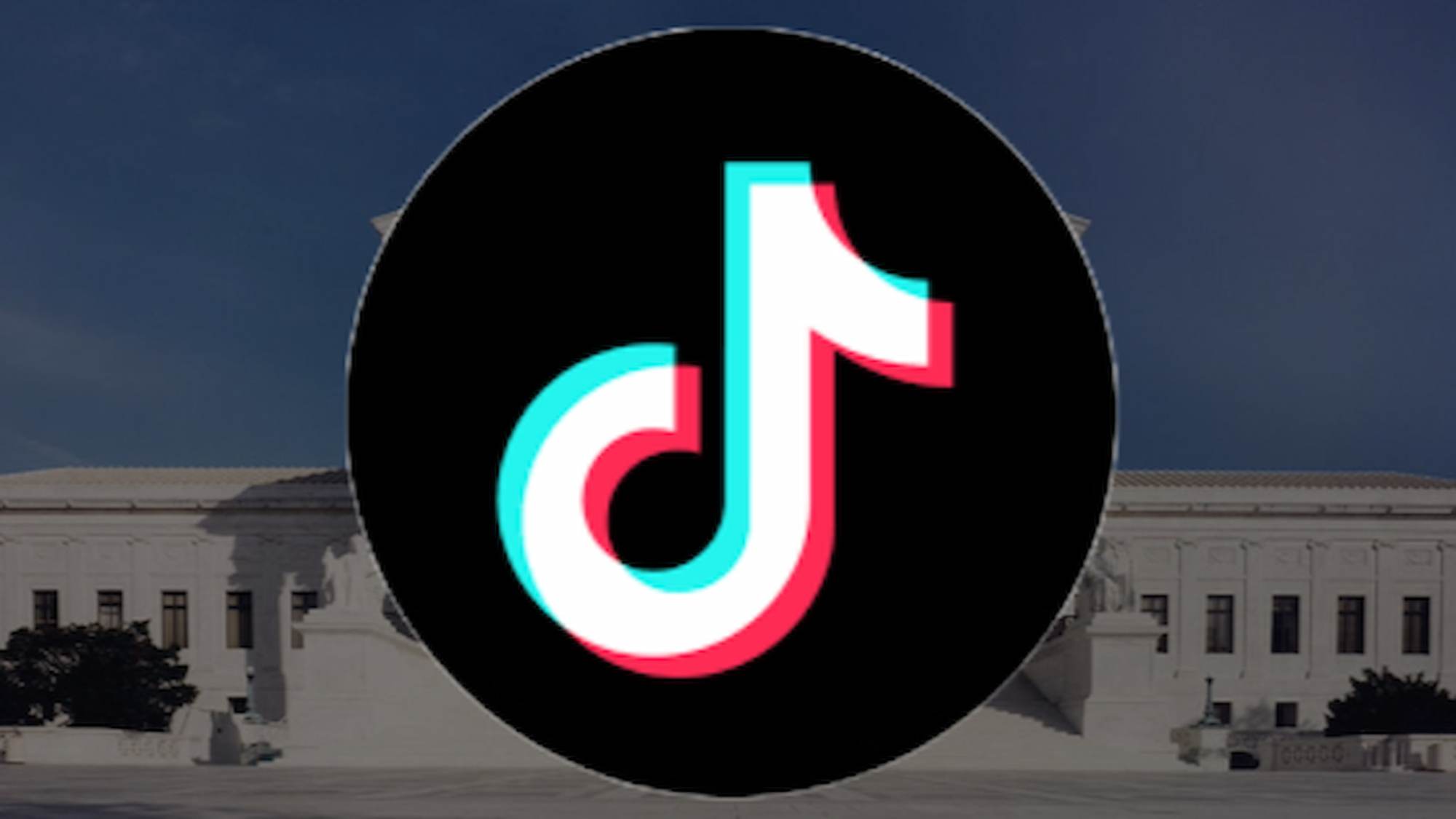The United States Supreme Court has upheld a ruling against TikTok, effectively banning the app as of Sunday, January 19th. This unanimous decision leaves the future of the popular social media platform uncertain. The court reinforced the ultimatum for ByteDance, TikTok’s parent company, to sell the app to a US-based entity or face the ban.
TikTok boasts over 170 million users in the United States alone, providing a platform for creating and sharing short-form videos. From entertainment to news dissemination, TikTok quickly became a cultural phenomenon. However, concerns regarding data privacy and security, specifically how TikTok collects and uses user data, have led to increasing scrutiny from the US government. This culminated in the threat of a ban unless ownership changed hands.
 altTikTok Logo.
altTikTok Logo.
The government’s primary concern stems from potential foreign access to user data collected by TikTok. The argument for ByteDance to divest ownership to a US company aimed to address these national security concerns. The ban is set to take effect just one day before President-Elect Donald Trump’s inauguration.
Trump’s Potential Role and User Migration
Despite the impending ban, President-Elect Trump has expressed recent interest in TikTok, hinting at potential intervention to save the app. The extent of his involvement and potential impact remains unclear, leaving TikTok’s fate hanging in the balance.
Meanwhile, many users are seeking alternative platforms, with RedNote, another Chinese-owned app, gaining significant traction. This migration, however, raises similar data privacy concerns regarding RedNote’s data collection practices. Despite these concerns, RedNote has witnessed a surge in downloads, becoming the top downloaded app on Apple’s App Store, experiencing a near 4,900% increase.
Impact and Future Implications
The impact of TikTok’s ban is already evident. The platform served as a vital channel for information sharing and viral content creation for users of all ages. With the ban’s implementation on Sunday, this avenue will cease to exist, potentially reshaping the social media landscape. The long-term effects on content creators, users, and the digital sphere remain to be seen.











